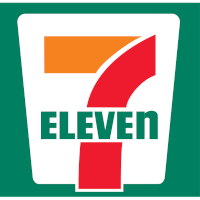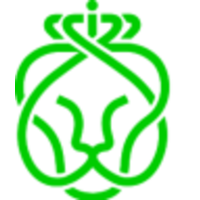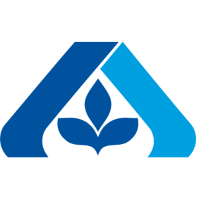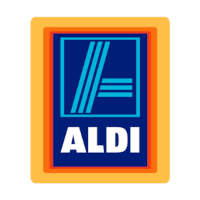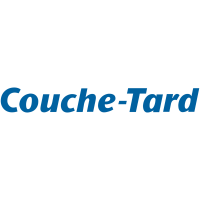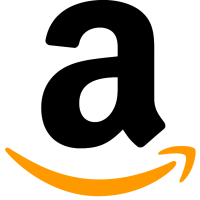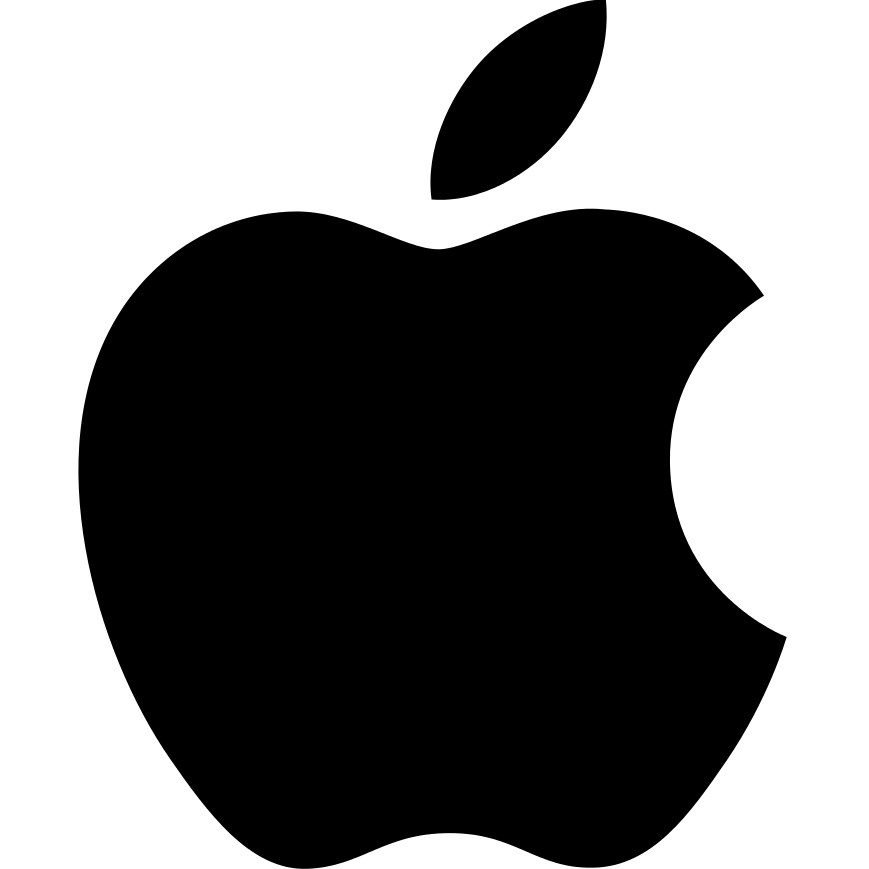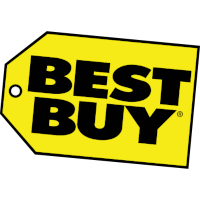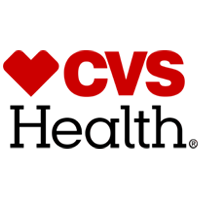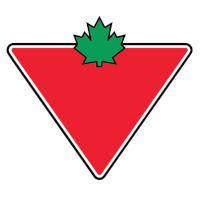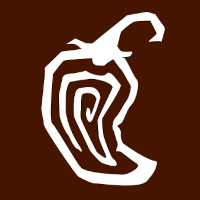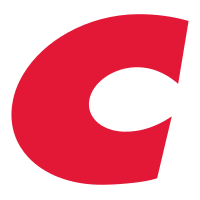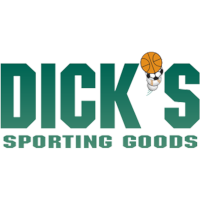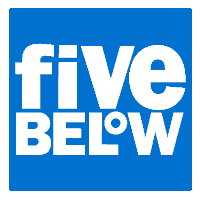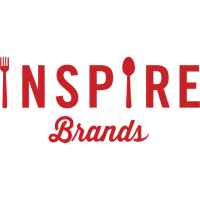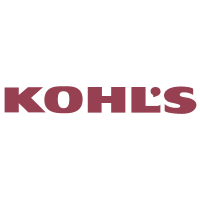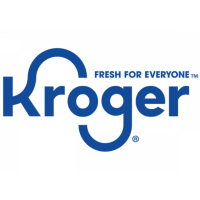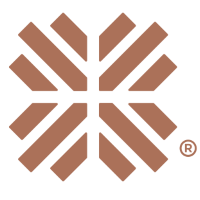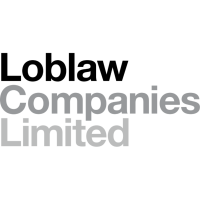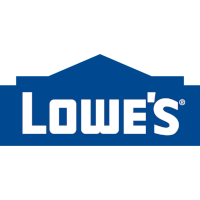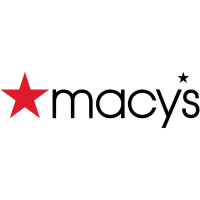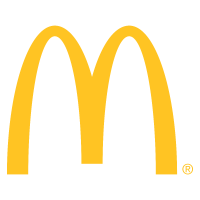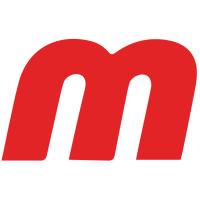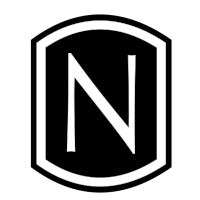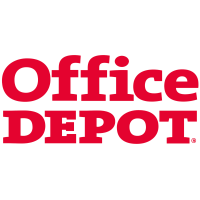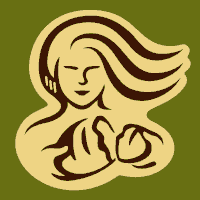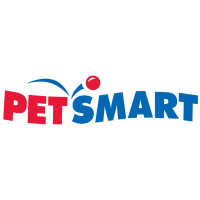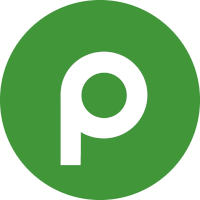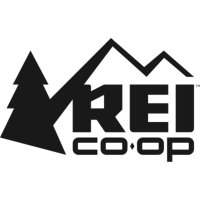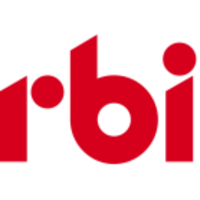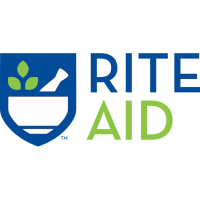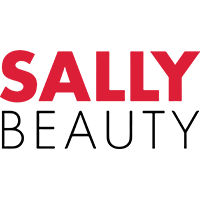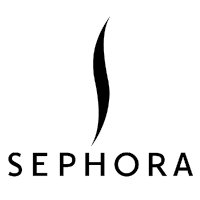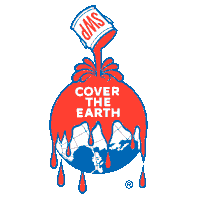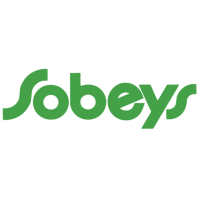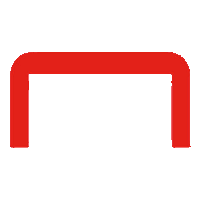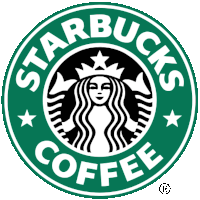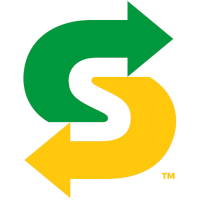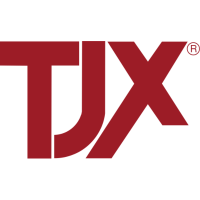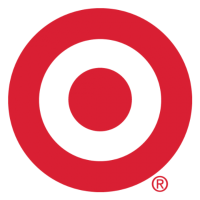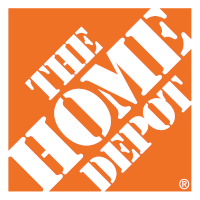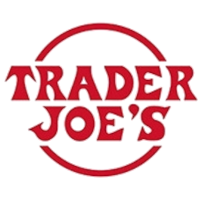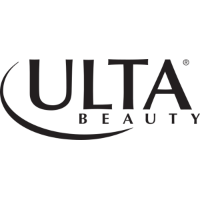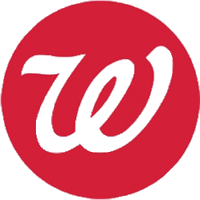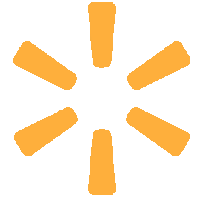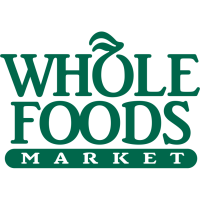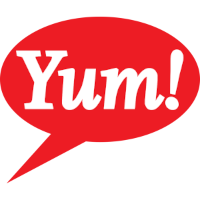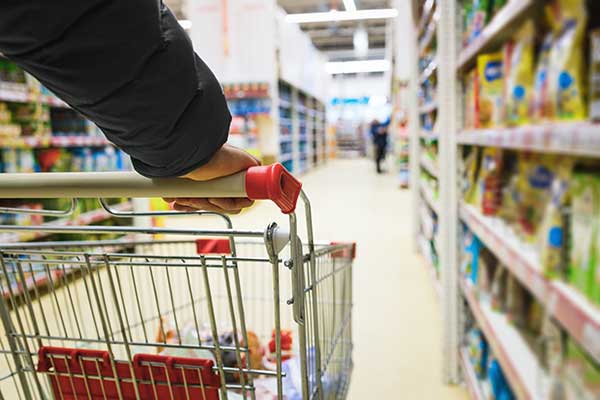Glossary
Allergen: any substance that the immune system recognizes as a threat and attacks.
Article: an object that, during production, is given a special shape, surface, or design, which determines its function to a greater degree than its chemical composition.[1]
Beauty products of environmental justice concern (BPEJC): beauty and personal care products marketed primarily to people of color that may contain chemicals of high concern (CHCs), including but not limited to hair straightening treatments such as relaxers; and skin lightening, brightening, bleaching, and whitening creams, lotions, and soaps.
Chemical Footprint Project (CFP): an initiative for measuring corporate progress to safer chemicals. It provides a metric for benchmarking companies as they select safer alternatives and reduce their use of chemicals of high concern. The Chemical Footprint Project measures overall corporate chemicals management performance through the CFP Survey that evaluates:
- Management Strategy
- Chemical Inventory
- Footprint Measurement
- Public Disclosure and Verification[2]
Signatories of the Chemical Footprint Project (CFP) agree to:
- Encourage companies in their sphere of influence to participate in the CFP,
- Be listed on the CFP website, and
- Provide feedback on how to improve implementation of the CFP.[3]
Chemicals of high concern (CHCs): substances that have any of the following properties: 1) persistent, bioaccumulative and toxic (PBT); 2) very persistent and very bioaccumulative (vPvB); 3) very persistent and toxic (vPT); 4) very bioaccumulative and toxic (vBT); 5) carcinogenic; 6) mutagenic; 7) reproductive or developmental toxicant; 8) endocrine disruptor; 9) neurotoxicant or 10) a chemical whose breakdown products result in a CHC that meets any of the above criteria. “Toxic” (T) includes both human toxicity and ecotoxicity.
These criteria align with the Chemical Footprint Project’s definition for a chemical of high concern and criteria for GreenScreen Benchmark 1.[4]
Chemicals in products: chemicals that are intended or anticipated to be part of the finished product. Examples include dyes, silicone finishes, screen printing, inks, labels, flame retardants, a durable water repellent chemical formulation, or a chemical plasticizer added to a plastic product or component.
Collaborative processes to promote safer chemicals: examples of such initiatives include the Apparel and Footwear International RSL Management Group (AFIRM); the BizNGO Workgroup for Safer Chemicals and Sustainable Materials (BizNGO); ChemFORWARD; Change Chemistry & Commerce Council’s (GC3) Retailer Leadership Council (RLC); and the Zero Discharge of Hazardous Chemicals (ZDHC) Program.
Food contact articles: items in direct contact with food or beverage, including food packaging and other items used during food processing and food preparation, such as disposable gloves, conveyor belts, plastic tubing, processing equipment, storage containers, and kitchenware.
Food contact chemicals: substances present in food contact materials and food contact articles that may reasonably be anticipated to migrate into a food product intended for human consumption. Also known as “indirect food additives.”
Food contact materials: the components of a food contact article in direct contact with food or beverage, including plastics, rubber, paper and paperboard, inks, adhesives, metals, etc.
Formulated product: a preparation or mixture of chemical substances that can be gaseous, liquid, or solid (e.g., paints, liquid cleaning products, adhesives, coatings, cosmetics, detergents, dyes, inks, or lubricants). This can be an intermediate product sold to another formulator, fabricator, or distributor, or a final product sold to a consumer or retailer.
Full chemical ingredient information:
For articles, including food contact articles, a company knows or discloses:
- 95% of the intentionally added substances by mass; and
- any known impurities that are both CHCs and present at 1,000 ppm (0.1%) or higher in a homogeneous material.
For formulated products, a company knows or discloses:
- 100% of the intentionally added substances by mass. Note – generic terms, such as those to describe fragrance ingredients, are not acceptable, and industry naming standards, as defined below, must be used; and
- any known impurities that are both CHCs and present at 100 parts per million (ppm) or higher in the formulation.
Generic material content: the general name of a material, such as steel, nylon fabric, adhesive, or type of plastic (e.g., polyethylene terephthalate (PET)). CAS# is not required.
Generic material content (for purposes of Transparency element questions 1 and 3): examples include fragrance, preservative, perfume, parfum, ink, and adhesive. These are not acceptable as part of “full chemical ingredient information.”
GreenScreen® for Safer Chemicals: a method for comparative chemical hazard assessment (CHA) that can be used for identifying chemicals of high concern and safer alternatives. GreenScreen® considers 18 human and environmental health endpoints and can be used to evaluate the hazard of a single chemical or mixtures and polymeric materials. GreenScreen® uses a set of four benchmarks to screen out chemicals that are associated with adverse health and environmental impacts. Chemicals that do not pass through Benchmark-1 (BM-1) are deemed “chemicals of high concern” and should be avoided; chemicals at Benchmark-2 are categorized as usable, but efforts should be taken to find safer alternatives; Benchmark-3 chemicals are those with an improved environmental health and safety profile that could still be improved further; and chemicals that pass through all four benchmarks are considered safer chemicals and are therefore preferred.
GreenScreen® List Translator: an abbreviated version of the full GreenScreen® method that can be automated. It is based on the hazard lists that inform the GreenScreen® method. The GreenScreen® List Translator maps authoritative and screening hazard lists, including GHS country classifications, to GreenScreen® hazard classifications. The GreenScreen® List Translator can be accessed through tools such as Healthy Building Network’s Pharos Chemical and Material Library, a fee-for-service database. A score of GreenScreen® List Translator-1 means the chemical meets one or more criteria for BM-1 and is most likely to receive that score after a full GreenScreen® assessment.
Hazard (chemical): an inherent property of a substance having the potential to cause adverse effects when an organism, system, or population is exposed, based on its chemical or physical characteristics.
Hazard assessment: the process of determining under what exposure conditions (e.g., substance amount, frequency, and route of exposure) a substance can cause adverse effects in a living system. Toxicology studies are used to identify the potential hazards of a substance by a specific exposure route (e.g., oral, dermal, inhalation) and the dose (amount) of substance required to cause an adverse effect.
Impurity: an unintended constituent, not intentionally added, present in a substance as manufactured. It may, for example, originate from the starting materials or be the result of secondary or incomplete reactions during the production process. This term includes non-intentionally added substances (NIAS), which are chemicals present in a food contact article but not added for a technical reason during the production process, as well as other contaminants and byproducts.
Industry naming standards for fragrances (for purposes of Transparency element questions 1 and 3): International Nomenclature Cosmetic Ingredient (INCI), International Union of Pure and Applied Chemistry (IUPAC), Chemical Abstract Service (CAS), or Consumer Specialty Products Association (CSPA) Dictionary. Names according to one of these standards are distinct from generic terms, as defined above.
Major product category: a “product category” is made up of products that meet a similar consumer need, or products that are inter-related or substitutable.[5] A “major product category” is determined by a retailer’s category management system, as evidenced by website or physical store organization and/or labeling.
Manufacturing restricted substance list (MRSL): a list of chemicals banned from intentional use in facilities that process materials, components and/or products. An MRSL establishes acceptable concentration limits for substances in chemical formulations used within manufacturing facilities.[6] An MRSL differs from an RSL because it restricts hazardous substances potentially used and discharged into the environment during manufacturing, not just substances that could be present in finished products. The MRSL takes into consideration both process and functional chemicals used to make products, as well as chemicals used to clean equipment and facilities. It addresses any chemical used within the four walls of a manufacturing facility.
Operations: examples of aspects of operations include food service gloves; thermal receipt paper; building materials in stores, corporate offices and/or warehouses; and cleaning products for stores, corporate offices, and/or warehouses.
Persistent, bioaccumulative and toxic substance (PBT): a chemical that is toxic, persists in the environment, and bioaccumulates in food chains and, thus, poses risks to human health and ecosystems.
Plastics of high concern (PHCs): virgin or recycled plastic materials that should especially be phased out due to the particular toxicity of the monomer, additives, and/or combustion byproducts. See list of PHCs in the Ban the Bad Priority List, which may be modified over time.
Restricted material list (RML): hazardous materials that are plastics of environmental health concern (PEHCs), identified by a company for management, reduction, elimination, or avoidance beyond legal requirements; that is, beyond legally restricted and reportable materials.
Restricted Substances List (RSL): a list of chemicals restricted by a company in products, parts, or components from its suppliers. An RSL may include only chemicals that are currently restricted by regulation. It may also include chemicals that are not yet legally restricted but have been identified as being of concern because of scientific evidence that they may cause harm to human health or the environment. For companies to receive credit for an RSL in the Retailer Report Card under Ban the Bad (B1), the RSL must go above and beyond regulatory compliance.
Safer alternative: an alternative that is less hazardous to humans or the environment, equivalent to GreenScreen® Benchmark 2 or higher, than the existing chemical or chemical process. A safer alternative to a particular chemical may include a chemical substitute or a change in materials or design that eliminates the need for a chemical alternative.[7]
Safer chemicals policy: a statement of how a company manages chemicals in its materials, supply chains, products, packaging, and/or operations beyond what is required by regulation.
Third-party laboratory: an independent laboratory involved in a project, including chemical assessments, that is not biased to the results of the work and does not have any vested interest in the outcome of the work.
[1] See http://www.REACH-compliance.eu/english/REACH-ME/engine/sources/definitions.html.
[2] See https://chemicalfootprint.org. See https://chemicalfootprint.org.
[3] See https://chemicalfootprint.org/value.
[4] See https://www.greenscreenchemicals.org/learn/full-greenscreen-method.
[5] See http://www.acnielsen.com/news/european/ie/2001/20010201.htm.
[6] Adapted from ZDHC: https://www.roadmaptozero.com/input#CG
[7] Adapted from RCW 70A.350 (https://app.leg.wa.gov/RCW/default.aspx?cite=70A.350.010https://app.leg.wa.gov/RCW/default.aspx?cite=70A.350.010) and Washington State Department of Ecology, “Regulatory Determinations Report to the Legislature: Safer Products for Washington Cycle 1 Implementation Phase 3,” pp. 278 – 299 (https://apps.ecology.wa.gov/publications/documents/2204018.pdf)

The 2024 Report
- I. Executive Summary
- II. Introduction
- III. Grades
- IV. Leaders and Laggards
- V. Key Findings
- VI. Recommendations
- VII. Resources
- VIII. Methodology
- IX. About this Report
More
Select a retailer
Tell retailers that got an “F” to step up and make toxics elimination a priority.

